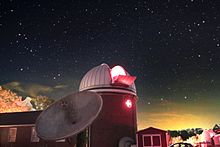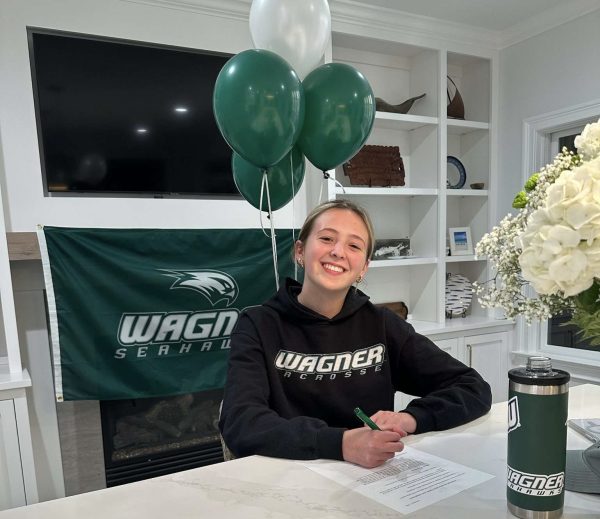Custer Institute: Our Closest Observatory

Ever interested in looking at the stars and planets? Then the Custer Observatory may be the place to visit.
As Long Island’s oldest public observatory, the Custer Institute was founded in 1927 by Charles Wesley Elmer and other fellow astronomers. The namesake Custer was in honor of Charles Elmer’s wife and her hospitality for the group. She was the grand niece of General George Armstrong Custer.
In 1938, the Institute purchased the land that the observatory is still based on and became a non-profit educational corporation in New York State in 1942.
The original building and property has received numerous additions in subsequent years, including a lecture hall added in 1945, the main three story observatory dome in 1947, and the sheds in 1954.
The original main three story dome was made of wood, and as it began to age, it became more apparent that the dome needed to be replaced. In 2006, a new galvanized steel dome was raised, replacing the failing and now obsolete wooden cover.
In the other levels of the dome’s tower is a museum which contains vintage telescopes and other instruments used in astronomy, as well as a library which is only accessible to members.
As Custer is a non profit, they rely on donations made by those coming for a tour of the observatory and membership fees.
I spoke with the Custer Institute’s president, Mr. Charles Cardona, who has been coming to Custer since he was 10 years old.
A long time member, he grew up near the observatory located in Southold. He remembers always being interested in astronomy, and the fact that the observatory was so accessible made his interest “much more intense.”
Mr. Cardona encourages anyone who is interested to come down on Saturday nights and “meet all of the amazing people.”
As for equipment, the Custer Institute possess a 10” Zerochromat Refracting Telescope. Located in the main dome and made in England, it is the largest of its kind located in the United States. As well as a pair of 10” astro-binoculars made by a member of the Custer Institute, Rico Verticchio.
For those interested in more information and a visit, the Custer Institute is open to the public on Saturday, rain or shine, and more information can be found on https://www.custerobservatory.org/index.html






